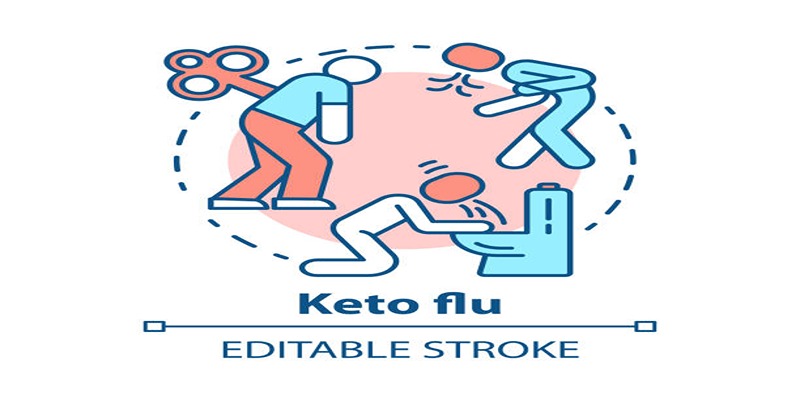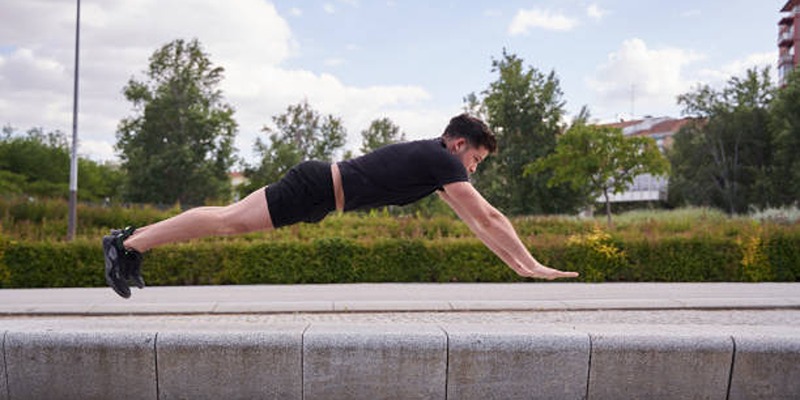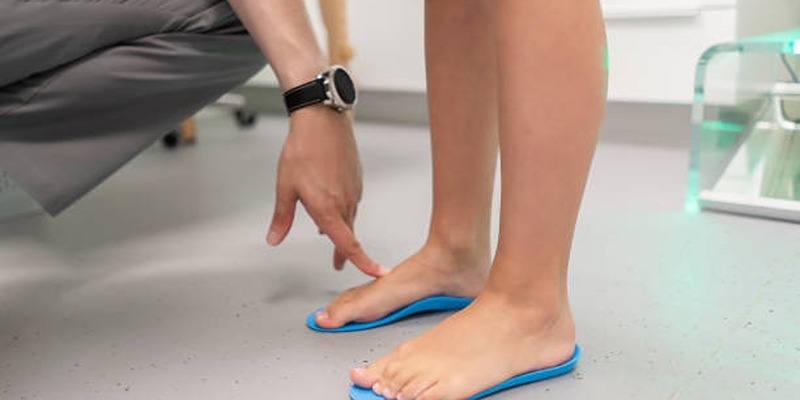From Basics to Advanced: Exploring the Rise of Push-Ups in Fitness
Advertisement
Push-ups function as a basic fitness exercise because of their simple design and powerful performance benefits. Bodyweight push-ups require no equipment and activate several muscle groups simultaneously thus they remain available to all fitness levels. Push-up exercises have moved further from their original design since they first emerged because many variations exist today for people with various abilities and exercise aims. Fitness professionals use push-ups because they maintain their position as a vital tool for building upper body strength and strengthening core stability.
Timeless Power of Push-Ups:
Push-ups are the ultimate no-equipment exercise, accessible to anyone, anywhere. This simple yet highly effective movement engages multiple muscle groups—including the chest, shoulders, triceps, core, and even the legs—delivering a full-body workout in one efficient motion. It’s no surprise that push-ups have become a staple for fitness enthusiasts, athletes, and military personnel alike.
What makes push-ups so enduring is their incredible versatility. They can be modified to suit any fitness level, from beginners just starting out to advanced athletes looking for a challenge. With countless variations available, push-ups keep workouts fresh, engaging, and adaptable. As home fitness and minimal-equipment training continue to thrive, push-ups remain an essential cornerstone of effective and accessible exercise routines.
The Science Behind Push-Ups:
Push-ups are far more than just an upper-body workout—they’re a dynamic, compound exercise that activates multiple joints and muscle groups at once. This not only builds strength but also improves coordination, stability, and overall endurance. When performed with proper form, push-ups target the pectoral muscles, deltoids, and triceps, while simultaneously engaging the core to stabilize the body. This makes them a powerful tool for building functional strength and improved performance in everyday movements and activities.
Research shows that regularly incorporating push-ups into your fitness routine can boost muscular endurance, enhance cardiovascular health, and even accelerate your metabolism. Their unmatched versatility, effectiveness, and minimal requirements for space or equipment have cemented push-ups as a universal exercise, relied upon by people worldwide to improve strength and fitness.
How to Perfect Your Push-Up ?
Proper form not only maximizes effectiveness but also minimizes the risk of injury. Follow this step-by-step guide to perform the perfect push-up:
- Engage Your Core: Activate your abdominal muscles to keep your body stable and aligned throughout the movement.
- Lower with Control: Bend your elbows to lower your chest toward the floor. Keep your body straight and aim to bring your chest about an inch from the ground.
- Push Back Up: Press through your palms to return to the starting position, maintaining control and steady movement.
Mastering Advanced Push-Up Variations:

These moves will not only keep your workouts exciting but also challenge new muscles for a stronger, more balanced body. Here are some must-try variations to take your fitness to the next level:
1. Diamond Push-Ups
Perfect for targeting your triceps and inner chest, diamond push-ups are a powerful upgrade. To perform, position your hands close together, forming a diamond shape with your thumbs and index fingers. Lower your body, keeping your elbows tucked in close to your sides.
2. Wide-Arm Push-Ups
For a greater emphasis on your chest and shoulders, try wide-arm push-ups. Place your hands wider than shoulder-width apart and perform the push-up as usual. This variation increases the range of motion, delivering a more intense challenge for your upper body.
3. Decline Push-Ups
Shift your focus to your upper chest and shoulders with decline push-ups. Elevate your feet on a sturdy surface like a bench or step, and execute the push-up. The higher the elevation, the more demanding the movement becomes.
4. Plyometric Push-Ups
Boost your power and explosiveness with plyometric push-ups. Lower yourself as you would in a standard push-up, then push up with enough force to lift your hands off the ground. Add a clap mid-air before landing to amplify the challenge.
5. One-Arm Push-Ups
The ultimate test of strength and stability, one-arm push-ups work your core and stabilizer muscles like no other. Place one hand behind your back and perform the movement using just one arm. This variation demands exceptional control and balance.
The Importance of Push-Ups in Functional Fitness:
Adding push-ups to your functional fitness routine can boost athletic performance, lower the risk of injury, and elevate your overall quality of life. By engaging multiple muscle groups at once, push-ups are an essential and efficient way to build real-world strength.
Push-Ups in Popular Fitness Programs:
Push-ups have become a cornerstone of modern fitness, thanks to their inclusion in a variety of popular workout programs. From high-intensity interval training (HIIT) to calisthenics, they are a go-to exercise for building strength and versatility.
Programs like CrossFit, P90X, and military-style boot camps frequently feature push-ups for their ability to enhance both strength and endurance. Meanwhile, social media trends, such as the 100-push-up challenge, have inspired people worldwide to make push-ups a part of their daily fitness routines.
How to Get the Most Out of Your Push-Up Routine?

Maximize the effectiveness of your push-up workout with these key tips:
- Master Your Form: Good form is crucial to avoid injuries and achieve the best results. Keep your back straight, engage your core, and avoid letting your hips sag or arching your back.
- Build Intensity Over Time: Start with standard push-ups and gradually incorporate more challenging variations as your strength and endurance grow.
- Add Variety: Explore different push-up styles to engage a range of muscle groups and keep your workouts fresh, preventing progress plateaus.
- Create a Balanced Routine: Combine push-ups with other bodyweight exercises like squats and planks for a comprehensive, full-body workout.
- Track Your Progress: Monitor your performance over time to observe improvements, set new goals, and stay motivated.
Conclusion:
Push-ups have come a long way from being a simple bodyweight exercise to becoming a cornerstone of fitness routines worldwide. Their versatility, ability to target multiple muscle groups, and capacity to build functional strength make them an essential component of any workout plan. Whether you're a beginner or an advanced athlete, push-ups can be adapted to suit your skill level, solidifying their reputation as a timeless and effective exercise.
On this page
Timeless Power of Push-Ups: The Science Behind Push-Ups: How to Perfect Your Push-Up ? Mastering Advanced Push-Up Variations: 1. Diamond Push-Ups 2. Wide-Arm Push-Ups 3. Decline Push-Ups 4. Plyometric Push-Ups 5. One-Arm Push-Ups The Importance of Push-Ups in Functional Fitness: Push-Ups in Popular Fitness Programs: How to Get the Most Out of Your Push-Up Routine? Conclusion:Advertisement












